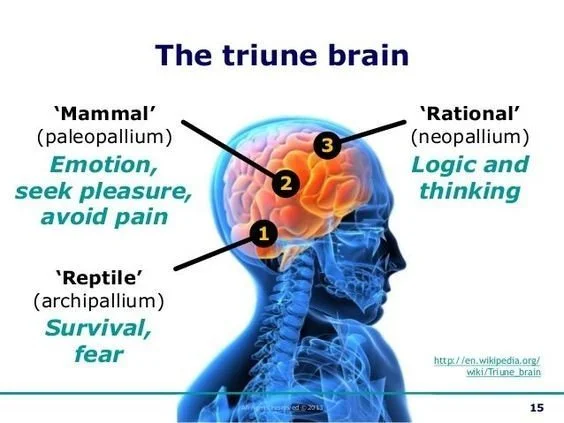
BRAINSPOTTING
The brain is the primary director of our thoughts, emotions, perceptions, bodily sensations, and functions. All mental health issues are brain issues, and all brain issues are body issues.
Brain-Based Therapies Vs. Talk Therapies
The neocortex, located on the top of the brain, is the brain's thinking part, essential for healthy executive functioning. Talk therapies focus on this area, helping individuals make sense of their internal and external experiences. Thought processes are crucial for finding meaning and direction in life. Findings in neuroscience has led to brain-based therapy techniques that reach the deeper parts of the brain and nervous system where emotions, memories, and physical sensations are stored, known as the “subcortical brain.”
Brain-based therapies, such as Brainspotting, process the unconscious thoughts/feelings (subcortical) that our thinking brain may not be aware of. Research shows that these therapies can lead to positive outcomes and relief faster than traditional talk therapy, with each individual responding differently. There are various brain-based and body therapies, each with its own approach. Brainspotting is client-centered and works well with attachment-based and mindfulness approaches in therapy for deeper healing and personal change.
Where You Look is Where You Feel
Why Choose Brainspotting?
Window of Tolerance
The Window of Tolerance (WOT) shows how our automatic nervous system works. This part of our nervous system controls our emotions and memories without us realizing it, stored deep in the brain. Trauma and unprocessed feelings can upset this system causing anxiety, depression, and dissociation. Both outside and inside stimulus cues can trigger the brain, making it feel unsafe even when there is no real danger. When someone is “dysregulated” they may feel overly alert or completely shut down, and sometimes they switch between these mood states. Even after a stressful event is over, someone can still feel this way. Brainspotting aims to help people return to their Window of Tolerance, where they can thrive instead of just survive.
What Can Be Treated Using Brainspotting?
Trauma
Grief
Anxiety
Depression
ADD/ADHD
Anger Issues
Phobias
Chronic fatigue & pain
Substance abuse
Impulse control issues
Sports performance issues
If you are interested in participating in Brainspotting therapy, or have more questions, please reach out to me today.


